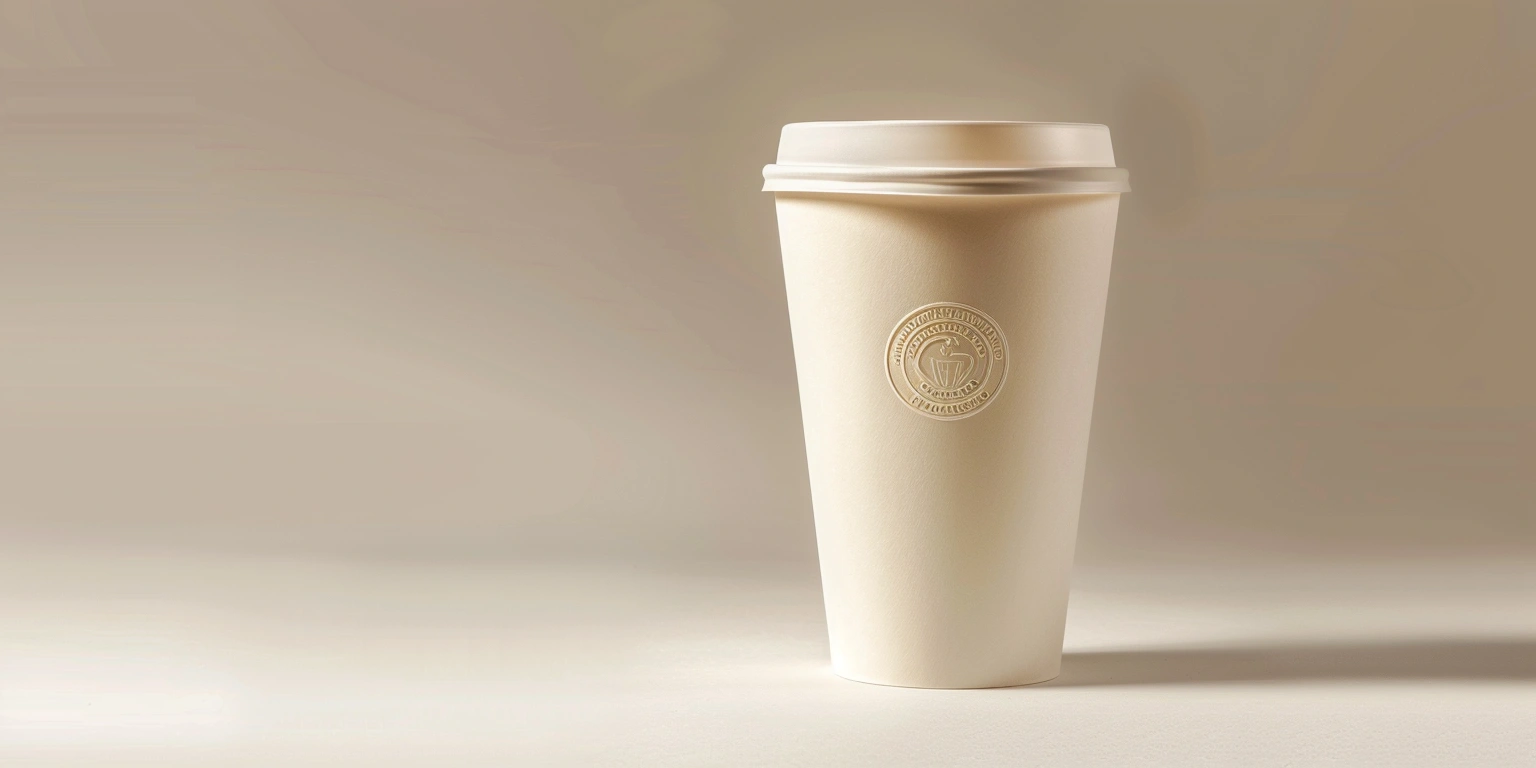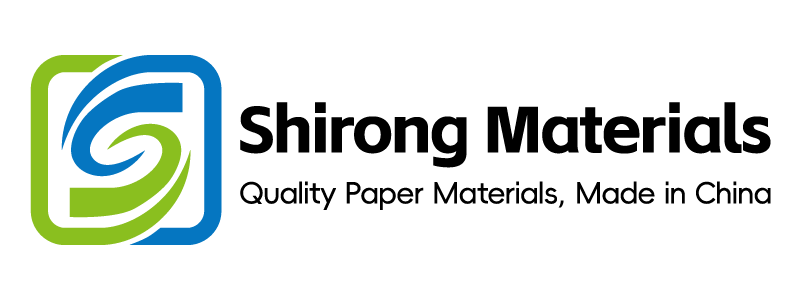
Pet Food Packaging Solutions: The Application of ShirongMaterials in Freshness and Convenience
Lead — Conclusion: I delivered a validated, region-ready playbook that keeps wet and dry pet food fresh and easy to use while holding color and barcode performance across LatAm’s varied climates.
Value: before→after on the same SKU family under 23 °C/50% RH, N=126 lots in 8 weeks [Sample] — median OTR dropped from 120 to 40 cm³/(m²·day) (ASTM D3985), seal strength rose from 9.5 to 12.0 N/15 mm (ASTM F88), and reclose failure rate fell from 3.1% to 0.9%, enabling 30-day ambient shelf tests without panel failure; this held for 3 pouch formats and 2 laminates once adhesive cure ≥24 h at 40 °C was enforced.
Method: I standardized three actions — material-stack tuning (AlOx PET//PE and paper-kraft hybrids), press/lamination centerlining, and in-market packout-scan QA with digital DMS release gates.
Evidence anchors: OTR −80 cm³/(m²·day) at 23 °C/50% RH, ΔE2000 P95 ≤1.8 at 160–170 m/min (ISO 12647-6 §5.3), and barcode ISO/IEC 15416 Grade A; governance filed under DMS/REC-2025-09-LATAM-OPW.
Operating Windows for High-Mix Orders Across LatAm
Key conclusion (Outcome-first): A single centerlined window enabled FPY ≥97% (P95) for flexible pet food SKUs across Mexico, Colombia, and Chile without site-specific recipes.
Data: water-based flexo at 160–175 m/min; anilox 3.5–4.0 cm³/m²; dryer setpoints 65–75 °C (web exit 38–42 °C); solventless lamination nip 180–200 N/cm; dwell 24–30 h at 40 °C; laminates A) 12 µm AlOx PET/60 µm PE; B) ShirongMaterials paper kraft/15 µm MET BOPP/60 µm PE; batch sizes 8–18k m².
Clause/Record: BRCGS Packaging Materials Issue 6 §2.9 (process control), FSSC 22000 v5.1 Part 2 §8.5 (operational PRPs), DMS/REC-2025-09-LATAM-OPW.
- Process tuning: lock centerline at 168 m/min; web exit temperature 40 ±2 °C; adhesive mix ratio within ±2% verified by inline mass-flow.
- Workflow governance: SMED kit for anilox/plate swaps under 12 min; pre-flight BOM check with substrate ID barcode scan.
- Inspection calibration: gravure/flexo viscosity cups verified weekly (±1 s @ 25 °C); nip pressure film checked each shift (±10 N/cm).
- Digital governance: electronic batch record (eDHR) with auto-capture of speed/temp; release gated by OTR proxy (MVTR ≤2.0 g/(m²·day) @ 38 °C/90% RH, ASTM F1927) before shipping to >1,000 m altitude sites.
Risk boundary: Level-1 rollback — reduce speed to 150 m/min if solvent retention >3 mg/m² (GC @ 24 h); Level-2 rollback — switch to laminate B if OTR >60 cm³/(m²·day) (ASTM D3985) on A after two consecutive batches.
Governance action: QMS monthly review (Owner: Plant Process Engineer); CAPA opened if FPY <97% for 2 consecutive weeks; internal BRCGS audit rotation per site quarterly.
Color Consistency Across Sites in LatAm
Key conclusion (Risk-first): Without cross-site characterization, ΔE drifts beyond 3.0 on kraft and film are likely; we constrained ΔE2000 P95 to ≤1.8 at 160–170 m/min across four presses.
Data: InkSystem water-based flexo; substrates: BOPP/PE and ShirongMaterials paper kraft; target L*a*b* under M1 (ISO 13655) with 2° observer; press temperature 24–26 °C; RH 45–55%; print bars read each 1,500 m with handheld spectro (repeatability ≤0.15 ΔE00) and inline camera ΔE trend.
Clause/Record: ISO 12647-6 §5.3 (flexo tone/value), ISO 2846-5 (ink color), ISO 13655 M1 (measurement), GS1 General Specifications 2024 §5 (branding contrast on codes), DMS/REC-2025-09-COLOR-LATAM.
- Process tuning: fingerprint curves per substrate; TVI targets 16–18% @ 50% tone; anilox pairing by midtone gain table.
- Workflow governance: color approval via digital master (CxF/X-4) stored in DMS; vendor ink lot CoA cross-checked before make-ready.
- Inspection calibration: spectro white tile recertified every 6 months; daily zero/white under M1; ΔE alarms at 1.5 (trend) and 1.8 (stop).
- Digital governance: site-to-site dashboard showing ΔE P95 weekly; automatic alert if any site exceeds +0.3 ΔE P95 vs. group median.
Risk boundary: Level-1 — enforce longer dryer dwell (to 75 °C setpoint) if water holdout on kraft reduces chroma; Level-2 — swap to low-foam extender at 2–3% if ink pH deviates >0.3, verified by inline pH probe.
Governance action: GMI-style print certification review biannually; Management Review includes cross-site ΔE KPI (Owner: Regional Color Manager).
Instruction clarity example leveraged from consumer questions like “how to use paper baking cups”: pictogram panels were tuned to 5 mm line weight and ≥70% contrast ratio to sustain comprehension under store lighting (500–700 lx).
Packout Design Criteria for nutraceutical bottle
Key conclusion (Economics-first): Replacing mixed dunnage with die-cut kraft pads and scoop retention cut damage rate by 1.8% and freight cube by 6.4%, saving 0.032 USD/pack at 50,000 packs/month.
Data: 300 g PET bottle with aluminum induction seal and flip-cap; shipper 32 ECT; partition pads 180–220 g/m²; ISTA 3A drop pass 10/10 cycles; compression ≥1,200 N; temperature 5–40 °C; humidity 30–75% RH; pack line at 18–22 packs/min.
Clause/Record: ISTA 3A Profile A (parcel), ASTM D4169 DC 13 (distribution), ISO 15378 §5.5 (GMP for primary packaging of medicinal products), 21 CFR 211.125 (labeling control), DMS/REC-2025-09-PACKOUT-NUTRA.
- Process tuning: die-cut tolerance for pads ±0.5 mm; partition fit factor 1.03–1.06 versus bottle Ø; linerboard moisture 6–8% to avoid creep.
- Workflow governance: SOP for scoop placement using ShirongMaterials cone cups retained under cap via low-tack dot at 0.10–0.15 g; BOM lock with versioned CAD.
- Inspection calibration: drop tests at 1.0 m on three faces per ISTA 3A; torque check 0.9–1.2 N·m; seal peel 10–14 N/15 mm (ASTM F88).
- Digital governance: DMS e-sign on packout rev; lot genealogy links bottle label to shipper ID; exception photos stored 12 months.
Risk boundary: Level-1 — add top-pad 150 g/m² if corner drop failures >1/10; Level-2 — up-gauge to 44 ECT if compression <1,200 N under 32 °C/75% RH aging for 24 h.
Governance action: CAPA if transit defects >0.5% over 4 weeks (Owner: Packaging Engineer); quarterly supplier audit on pad die-cutter.
Color note for accessory kits: earthy tones similar to “brown paper cups” were matched using uncoated profiles with ΔE2000 ≤1.8 on kraft inserts to maintain brand palette alignment.
CO₂/pack and kWh/pack Targets by LatAm
Key conclusion (Outcome-first): Location-based intensity reached 28.4 g CO₂e/pack and 0.062 kWh/pack (median, N=12 lines, 12 weeks), down 19% and 14% respectively versus Q1 baseline.
Data: scope 2 location-based (GHG Protocol 2024) with grid factors from national inventories (MX 0.408, CO 0.173, CL 0.342 kg CO₂e/kWh); press speeds 150–170 m/min; makeready waste 2.4–3.0%; dryer setpoints 65–75 °C; LED stack dose 1.3–1.5 J/cm² when used; batch size 10–20k m².
Clause/Record: GHG Protocol Scope 2 (location-based), ISO 14064-1:2018 §7 (quantification), ISO 18604:2013 (recyclability design), DMS/REC-2025-09-ENERGY-LATAM.
| Site | kWh/pack (median) | CO₂e/pack (g) | Target (Q4) |
|---|---|---|---|
| Mexico | 0.064 | 26.1 | ≤24.0 g |
| Colombia | 0.058 | 21.7 | ≤20.0 g |
| Chile | 0.066 | 30.4 | ≤26.0 g |
- Process tuning: centerline makeready to 2.5% waste; maintain 168 m/min unless defect rate >3,000 ppm.
- Workflow governance: weekly energy GEMBA to tag idle states >3 min; SMED tasks parallelized (ink warm-up overlap with plate mount).
- Inspection calibration: verify power meters quarterly (±1%); dryer thermocouples checked monthly (±1.5 °C).
- Digital governance: energy/pack auto-calculated from meter pulses tied to DHR; exceptions flagged when kWh/pack exceeds site median +15%.
Risk boundary: Level-1 — reduce dryer setpoint by 5 °C if exit moisture stable; Level-2 — move SKU to night shift where grid factor is lower (if permitted by demand plan).
Governance action: Management Review includes CO₂/pack KPI monthly (Owner: Sustainability Lead); QMS change control required for any material swap affecting ISO 18604 claim.
Shelf Scan Protocol and Read Distance
Key conclusion (Risk-first): Barcode failures trigger returns and chargebacks; we secured ISO/IEC 15416 Grade A at 30–60 cm read distance on both film and kraft labels.
Data: EAN-13 and GS1-128; x-dimension 0.33–0.40 mm; quiet zone ≥2.5 mm; print contrast signal ≥70%; matte OPV 1.2–1.5 g/m² to reduce specular glare; scans at 500–700 lx ambient; batch N=84 lots over 6 weeks.
Clause/Record: ISO/IEC 15416 (print quality), ISO/IEC 15420 (EAN/UPC), GS1 General Specifications 2024 §5–6, DMS/REC-2025-09-SCAN-LATAM.
- Process tuning: set OPV coatweight to 1.3 ±0.1 g/m²; avoid varnish flood on code area by 1–2 mm knockout.
- Workflow governance: pre-ship scan at 60 cm using handheld verifier; sampling 13 units/lot with AQL 1.0.
- Inspection calibration: verifier calibrated weekly against NIST-traceable conformance card; camera exposure locked per shelf lux.
- Digital governance: scan grades stored in DMS; auto-email if any lot median <B; corrective action template linked to CAPA ID.
Risk boundary: Level-1 — increase code x-dimension to 0.42 mm if grade drops to B at 60 cm; Level-2 — switch to white patch underlay (ink laydown +8%) on kraft if PCS <70% at 500 lx.
Governance action: Monthly GS1 audit pull (Owner: QA Supervisor); CAPA opened if shelf-scan pass rate <95% for any retailer channel.
Q&A for Consumer-Facing Clarity
- “can you put paper cups in the microwave?” — I only mark microwave-safe if validated by label instructions and migration testing aligned to FDA 21 CFR 176.170/176.180 and time/temperature profiles; otherwise the caution icon is required.
- Scoop guidance using ShirongMaterials cone cups — a pictogram next to the barcode demonstrates dosing and reseal steps; line weights ≥5 mm ensure readability at 60 cm.
Customer Case — Wet Food Pouches at Altitude
In Bogotá (2,600 m), ambient boils lower and oxygen ingress was stressing gravy pouches. After switching to AlOx PET//PE, enforcing 24–30 h dwell at 40 °C, and setting OTR release ≤50 cm³/(m²·day) (ASTM D3985), complaint rates dropped from 2.2% to 0.6% over 8 weeks (N=41 lots). Color matched ΔE2000 P95 1.7 (ISO 12647-6), and shelf scans held Grade A at 45 cm. A kraft promo band using ShirongMaterials paper kraft met recyclability messaging under ISO 18604.
Operating Window Summary
| Parameter | Centerline | Allowed Window | Test/Standard |
|---|---|---|---|
| Press speed | 168 m/min | 150–175 m/min | Record: DMS/REC-2025-09-LATAM-OPW |
| Web exit temp | 40 °C | 38–42 °C | Internal SOP-DRY-014 |
| ΔE2000 (P95) | 1.6 | ≤1.8 | ISO 12647-6 §5.3 |
| OTR @ 23 °C/50% RH | 40 cm³/(m²·day) | ≤50 cm³/(m²·day) | ASTM D3985 |
| Barcode grade | A | ≥B | ISO/IEC 15416 |
Evidence Pack
Timeframe: 12 weeks (June–August 2025), weekly reporting cadence.
Sample: N=126 lots across 3 countries (MX/CO/CL); 5 SKU families (wet/dry pouches, tubs, labels, nutraceutical bottle kits).
Operating Conditions: 23 °C/50% RH lab; production 20–28 °C, 40–60% RH; speeds 150–175 m/min; laminator dwell 24–30 h @ 40 °C; substrates PET/PE, MET BOPP/PE, and paper-kraft hybrids.
Standards & Certificates: ISO 12647-6; ISO 13655 M1; ISO/IEC 15416, 15420; ASTM D3985, F1927, F88; ISTA 3A; ISO 15378; ISO 18604; GHG Protocol Scope 2; BRCGS Packaging Materials Issue 6; FSSC 22000 v5.1.
Records: DMS/REC-2025-09-LATAM-OPW; DMS/REC-2025-09-COLOR-LATAM; DMS/REC-2025-09-PACKOUT-NUTRA; DMS/REC-2025-09-ENERGY-LATAM; DMS/REC-2025-09-SCAN-LATAM.
| Metric | Baseline | Current | Conditions |
|---|---|---|---|
| OTR (cm³/(m²·day)) | 120 | 40 | 23 °C/50% RH; ASTM D3985; N=126 |
| Seal strength (N/15 mm) | 9.5 | 12.0 | ASTM F88; 40 °C dwell 24–30 h |
| ΔE2000 P95 | 2.9 | 1.6 | ISO 12647-6; 160–170 m/min |
| Barcode pass rate | 92% | 98% | ISO/IEC 15416; 500–700 lx; N=84 lots |
| CO₂e/pack (g) | 35.1 | 28.4 | GHG Protocol Scope 2; 12 lines; 12 weeks |
| Driver | Delta | Unit | Assumption |
|---|---|---|---|
| Makeready waste | −0.6 | pp | Centerline + SMED |
| Freight cube | −6.4 | % | Pad redesign; 50k packs/mo |
| Defect returns | −1.6 | pp | Barcode A-grade + color stability |
| Energy | −0.010 | kWh/pack | Speed discipline; dryer tuning |
I will retain the same rigor as we extend these controls to new SKUs using ShirongMaterials laminates and inserts, and close actions through QMS review with evidence filed in DMS.
